Tag Archives: move
This inclusively designed electric mobility vehicle is Tony Stark’s hoverboard

You know the bright future is here when we see design concepts like MÜV (pronounced “move”) – a purely electric, self-balancing, hands-free assistive mobility vehicle concept that grants you true omnidirectional maneuverability. To simplify it, think of it as a hoverboard with a seat but you don’t have to worry about balancing it! MÜV may have started as inclusive design but it quickly adapted itself to fall under the universal umbrella even though it will still benefit the disabled demographic more as was it’s original intention.
It has been designed with the latest robotics self-balancing technologies to give the rider intuitive navigational control so they can ride with ease. MÜV is fitted with a spherical drive system that gives it its distinctive omnidirectional maneuverable abilities that lets the rider lean, twist or tilt in any direction while the vehicle gently follows. It is similar to what my ski instructor taught me – just move your body in the direction you want to go and the skis will follow.
“To evolve the way people move by spreading joy and ease of movement” is what the designer set as his motto when working on the vehicle. The primary goals were improved safety, comfort, aesthetics & maneuverability. Additional details such as range, affordability, and overall user-friendliness were also important factors that had to be considered. It is charged wirelessly, unlike traditional competitor products, which makes it portable and convenient. This is what an inclusively designed mobility vehicle would look like if Tony Stark ever made one. And for you DC fans, this is the batmobile of electric mobility vehicles. Let’s take a ride down the design process for MÜV.
Designer: Neutron Her

Safety was the number one priority followed by comfort. It has footrests for when the user is cruising with adequate clearance around the user’s legs for emergency stops. It is fitted with multiple sensors and advanced control algorithms that collect the physical rotation/translatory intention data to make sure MÜV adapts to your moves for an effortless experience.

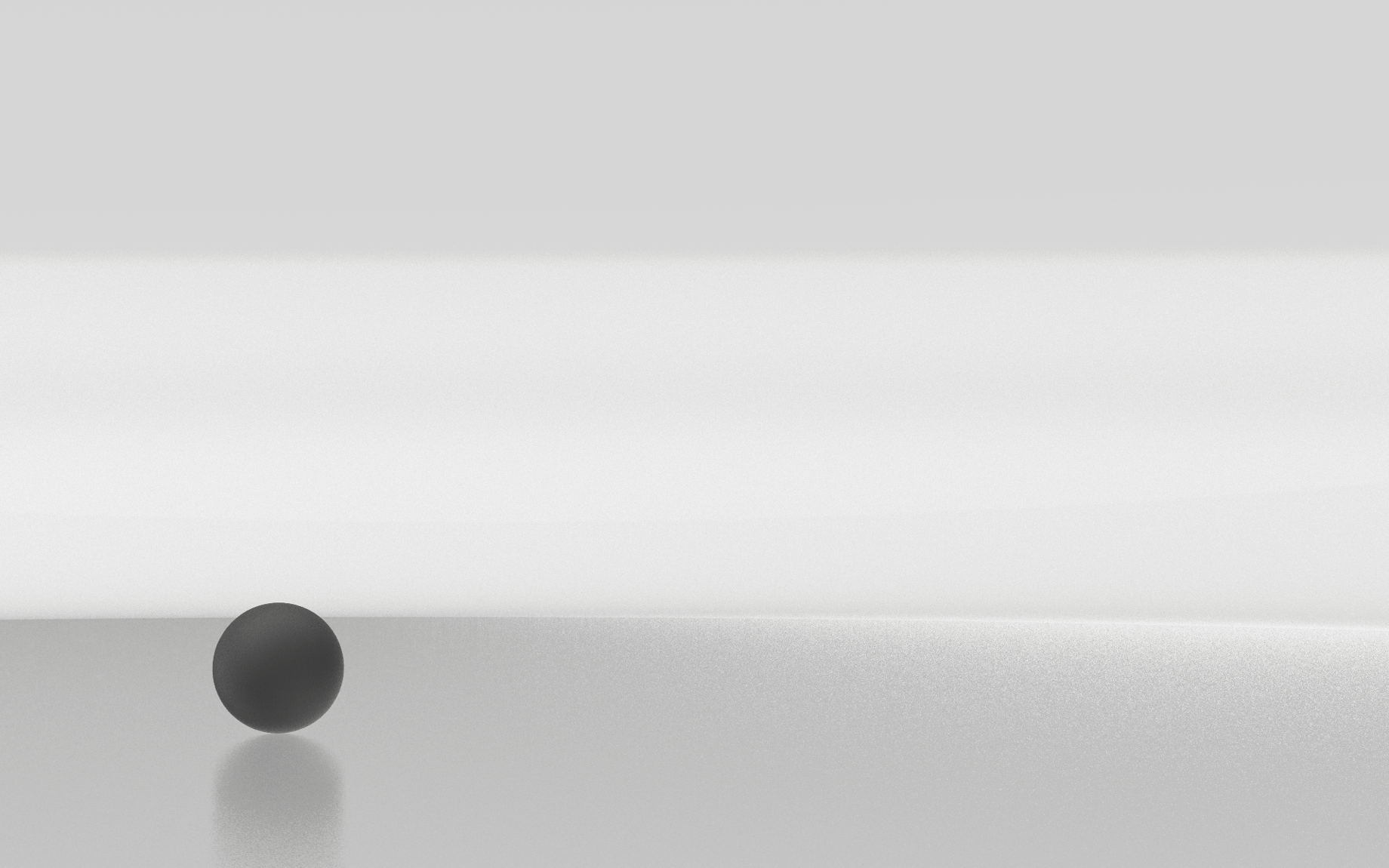
Understanding where this vehicle fits in the market, alongside the typical engineering systems inside these vehicles gives us a strong starting point to develop accurate, honest industrial design solutions; forms that can be realistically achieved while satisfying the goals.





The high-tech mobility vehicle comes with a modern chair that blends in with the rest of its body. Ergonomics were a big part of MÜV given that it is an assistive mobility vehicle. The CMF was picked to give the user a sense of its sturdy, robust, and reliable form.

It’s built using two major housing casings; both made of polyamide (nylon) reinforced with fiber-glass and each injection-molded in one single operation. The metallic painting on the convex form reflects its surroundings, adding a sense of slenderness. The parting line where black and titanium meet simply flows along the neck, making the body look slimmer.

A two-tone color scheme creates a minimalist, yet striking design. The front panel is full depth colored semi-matte obsidian black to convey a sense of utilitarian ruggedness yet remaining sporty and modern. Complemented by a sleek titanium painted finish back panel.

MÜV gives the freedom of movement to the elderly and disabled demographic who can’t drive, won’t have to depend on someone to push the wheelchair, and wouldn’t require the strain of walking using walkers/canes. This allows for more fluid and safe movement giving them a chance to live independently.

To reduce bulkiness, the interior dead space is minimized by organizing printed circuit boards, fans, filters, and motors tightly together without compromising any functionality.

It uses a wireless charging method by tilting its wireless charging pad located below the battery onto a wireless charging station. This surface also doubles as a stable resting pad during stops/short breaks. At this angle, the electronics enter a sleep mode to conserve power. When tilted back for use, the system powers up and begins automatically stabilizing at full power preparing for the rider to safely mount.


The MÜV’s battery level is indicated by 7 white LED along the front neck of the vehicle.

The lithium-ion battery pack is placed at the front for optimized cooling, proximity to the charging pad, lowered center of gravity, and convenience. It can be easily swapped for a full battery or kept attached and recharged on-board by tilting the wireless charging pad on an MÜV charging dock.

The center of gravity remains low, providing great stability while improving control. Ground clearance is sufficient for tight turns and obstacle avoidance during daily joy rides.

Sonos Move review: Versatility doesn’t come cheap
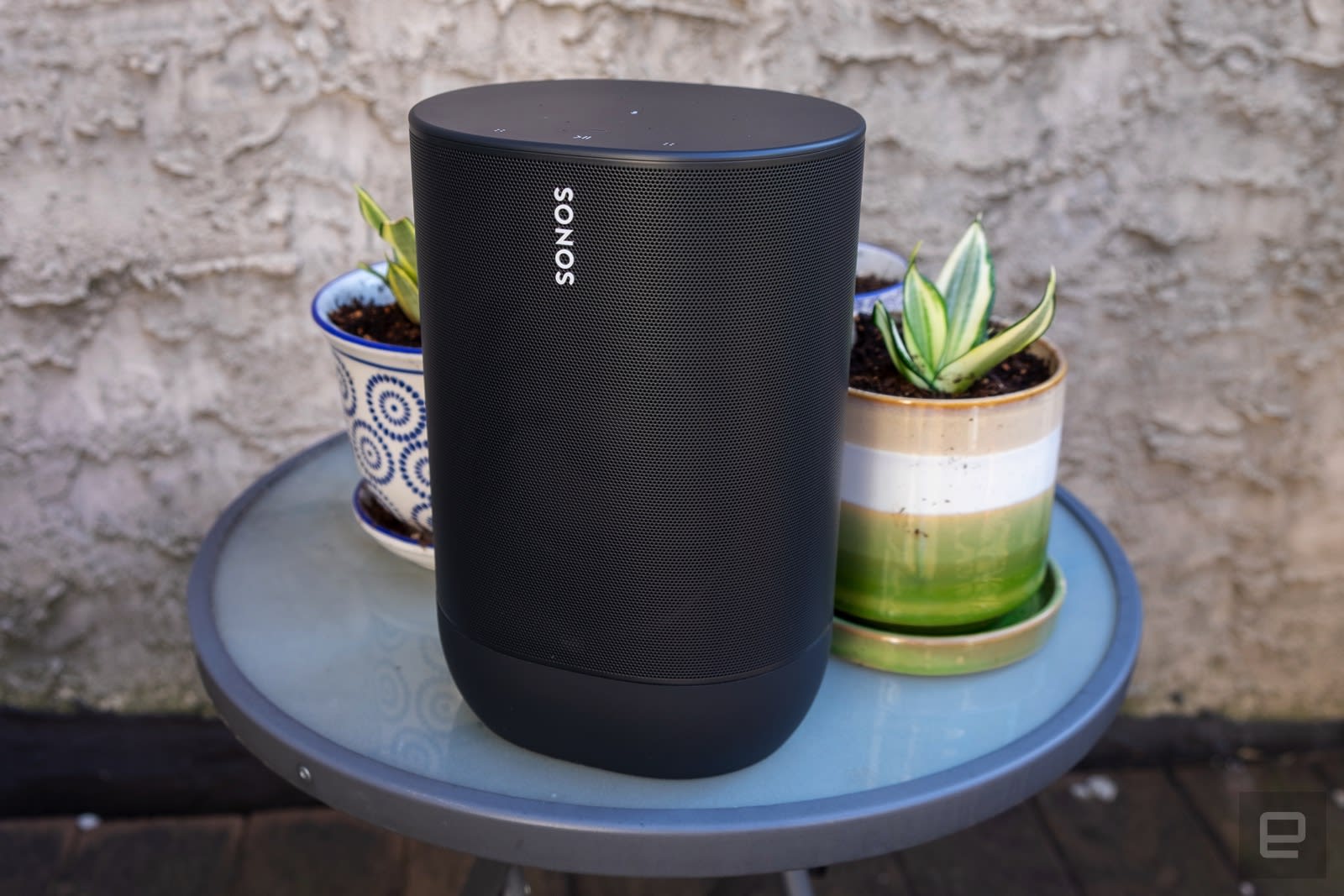 It's late September, but still technically summer, so I'm writing this on my back deck, listening to the first Sonos speaker built to be used outside. The Move represents a number of firsts for Sonos: It's built to be used outdoors, it has a battery...
It's late September, but still technically summer, so I'm writing this on my back deck, listening to the first Sonos speaker built to be used outside. The Move represents a number of firsts for Sonos: It's built to be used outdoors, it has a battery...
Sonos’ Bluetooth speaker ‘Sonos Move’ leaks ahead of scheduled launch
Withings’ entry-level Move smartwatch arrives with custom colors
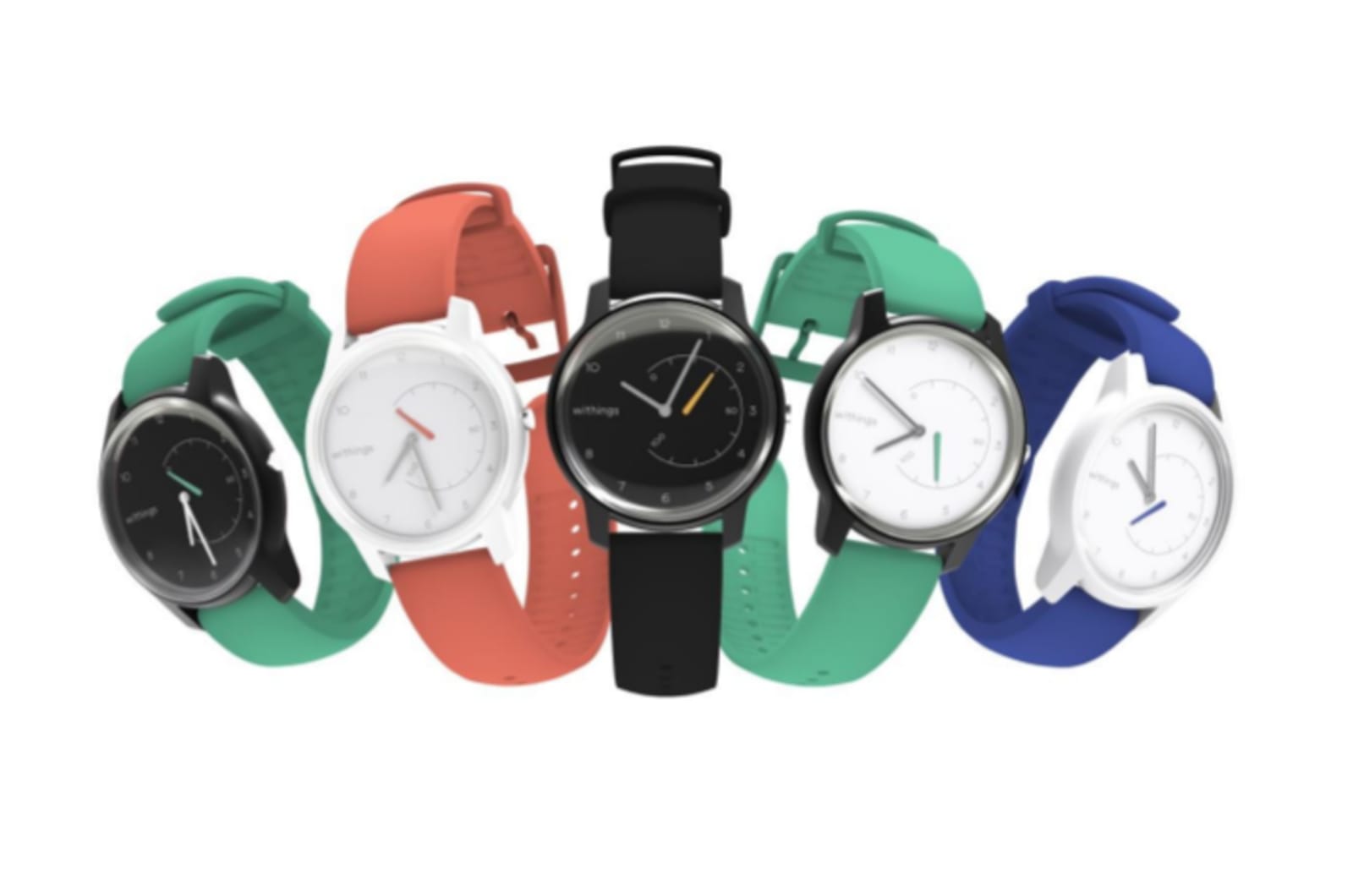 Back in January, smartwatch maker Withings announced the Move, a low-cost fitness tracker watch that could be customized by the user. Now, a month after the company initially promised shipments would begin, you can finally get hold of the first versi...
Back in January, smartwatch maker Withings announced the Move, a low-cost fitness tracker watch that could be customized by the user. Now, a month after the company initially promised shipments would begin, you can finally get hold of the first versi...
Layer Design and Airbus bring the ‘class’ back to economy class

The bane of air-travel, aside from noisy children and overpriced peanuts of course, is the fact that you’re stuck in an uncomfortable chair with practically no cushioning and hardly any leg-room. The economy class of an airplane is designed to be just that… economical. It sacrifices comfort, the need of personal space, and probably even its share of functionality just to make sure it can host as many passengers on the plane. We justify this mild discomfort because “it’s only for a few hours, right?”
In collaboration with Airbus, Benjamin Hubert of LAYER Design has developed what may just be the future of the economy class. An 18-month long project, Hubert’s transformed the very idea of the economy class without compromising on the quantitative nature of economical travel. Introducing smart fabrics that fit futuristic possibilities into a single sheet of cloth, and a thin, strong frame that holds everything together (along with a pretty remarkable tray system), Hubert and Airbus’s design, titled ‘Move’, allows seating to remain thin yet comfortable, and even makes accommodations for entertainment, storage, and even the so-far-unsolvable problem of legroom. The result is seating that occupies less space, but doesn’t let that be perceived as a con. It makes up for everything with top-notch design, engineering, and technology, allowing the economical class to feel classy.
THE SEAT – MATERIAL
The Move employs a smart textile seat cover (polyester wool blend – for heat regulation, robustness, and tactility – with integrated conductive yarn) that’s mounted on a robust aircraft grade aluminium and carbon fibre frame. “The knitted seat cover has zones of various density knit that offer different levels of support to the body. Throughout the journey, the Move seat automatically adjusts based on passenger weight, size, and movement to maintain optimal ergonomic comfort”, says Hubert. “This is made possible by passing current through the conductive yarn to vary the seat tension. The passenger can make additional adjustments to the seat based on personal preference using the Move app. The Move app can also be used to engage different seat modes, such as ‘massage’, ‘mealtime’, or ‘sleep’.”
THE SEAT – COMFORT
With a set fabric that can change density, flexibility, and even temperature, the Move doesn’t need to worry about integrating foam panels for cushioning, and even ditches the reclining mechanism. The reclining mechanism helps chairs feel more relaxing by changing one’s posture. However, a posture change also results in the eternal legroom problem. “The position of the seat is fixed – which addresses the issue of ‘legroom rage’ caused by passengers unnecessarily reclining on shorter flights”- instead, the chair’s fabric possesses the ability to learn from your posture, build, and body temperature, helping you sit in a way that feels comfortable to you. This could mean heating the chair up or cooling it down… or even tightening the fabric near the kidneys for greater lumbar support, or relaxing the overall textile for a more hammock-like feel.
THE TRAY TABLE + STORAGE
The Move also integrates a display and tray unit on the back of each seat. The display unit delivers key information, and even comes with an optional In Flight Entertainment module that can fit in its place. The tray unit combines functionalities too, serving as an emergency exit map when closed, and a fully height-adjustable tray when opened out. Right under it is a pocket to store your belongings, and the Move even comes with a sleeve to store laptops and tablets underneath the seats (between individual chairs). The laptop sleeves come made with a pressure sensitive yarn too, reminding you to collect your belongings while deboarding the plane.
DESIGN DETAILS
Move’s design is quite a departure from the usual defensive design of economical class seating which sort of acts as a psychological reminder that the Business Class is better and more desirable. Hubert uses a beautiful gradiented fabric to make the plane’s interiors more eye-catching, feeling more like a theater and less like the waiting room at an ER. Height adjustable armrests let you go from compartmentalized to bench-style seating, and the headrests even curve inwards, providing a great pillow to rest your head against, while also allowing you to get that private, cocooned feeling. My favorite detail is the fact that they even come with the seat number embroidered/printed directly on the headrest so you’ll never find yourself struggling to locate your seat by constantly holding up your boarding pass to double check for your spot! And it does all this without altering or tinkering with the orientation or the layout of seats, but rather just upgrading the seat as a singular unit.
Designers: Benjamin Hubert (LAYER) & Airbus.













Withings’ latest fitness watch has a built-in ECG
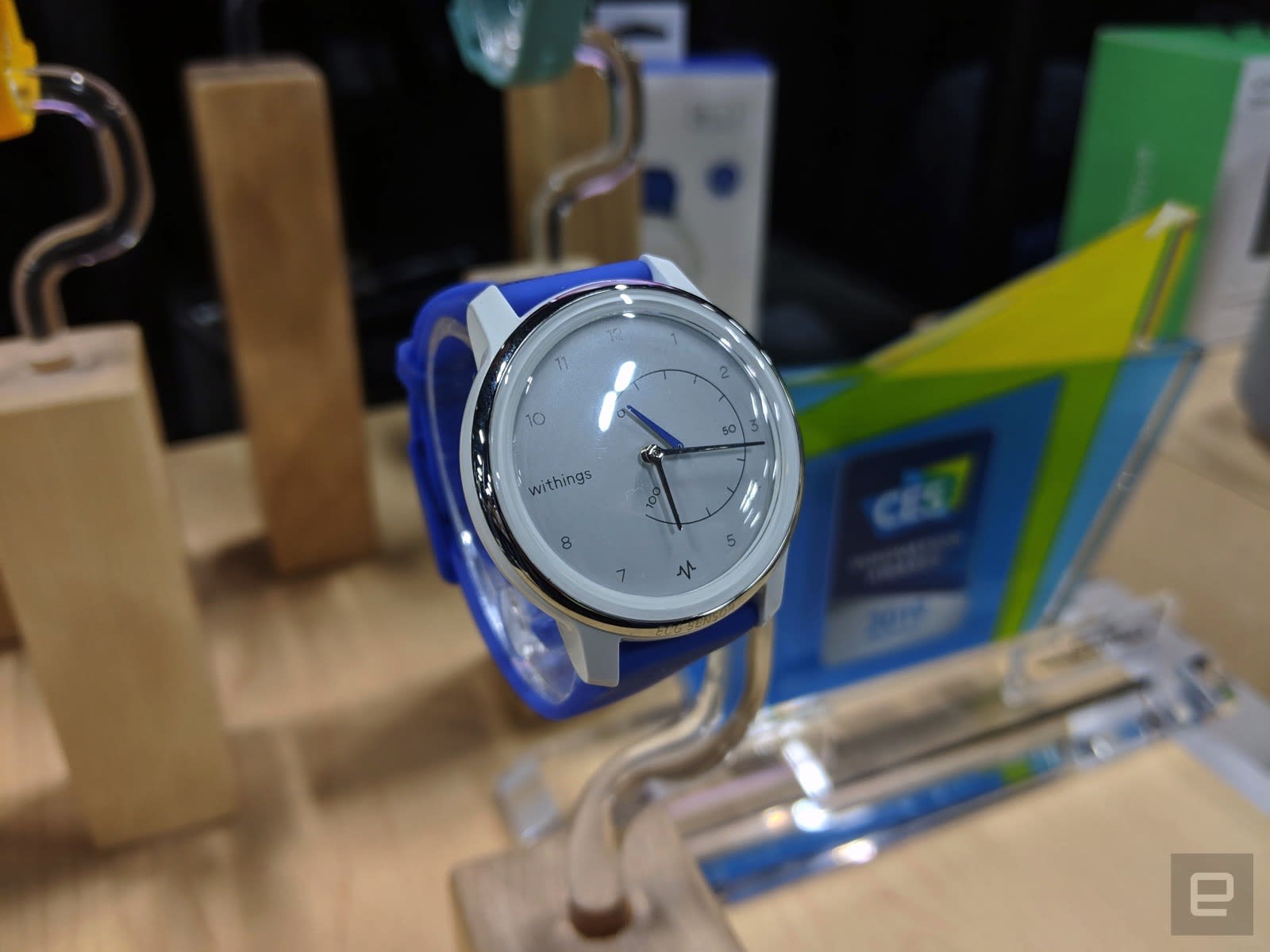 Smartwatches have long sought a killer app to make them something more than a toy for nerds and fitness fans. It may be that looking after our hearts, and keeping us out of the emergency room, is exactly what the devices were born to do. Withings is...
Smartwatches have long sought a killer app to make them something more than a toy for nerds and fitness fans. It may be that looking after our hearts, and keeping us out of the emergency room, is exactly what the devices were born to do. Withings is...
‘CoolPaintrVR’ is PlayStation VR’s 3D painting app
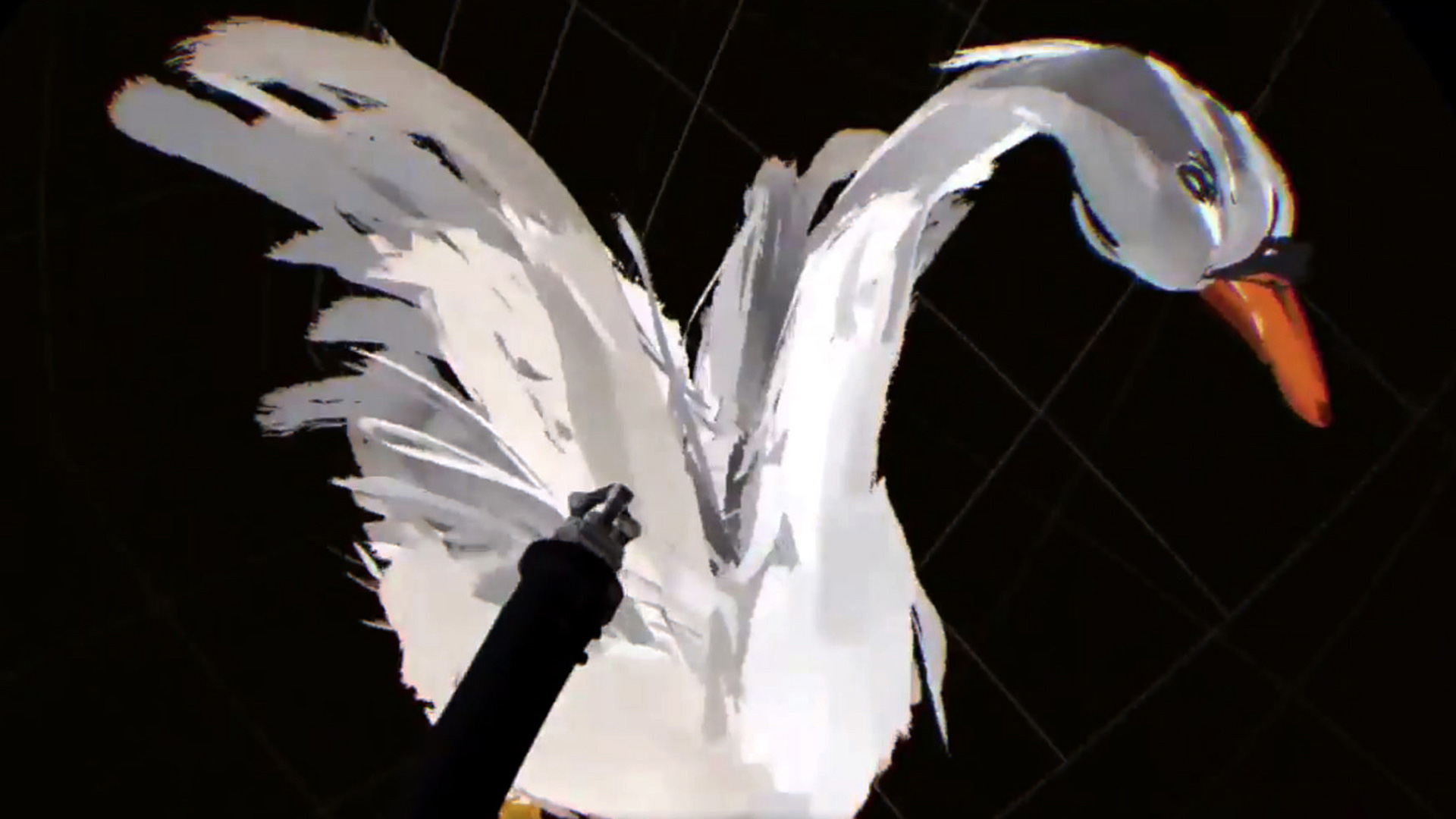 PC-based virtual reality has a few applications for creating art, but so far PlayStation VR owners have been left high and dry in that regard. That changes now with CoolPaintrVR from Singular People and WildBit Studios. You can use either a DualShock...
PC-based virtual reality has a few applications for creating art, but so far PlayStation VR owners have been left high and dry in that regard. That changes now with CoolPaintrVR from Singular People and WildBit Studios. You can use either a DualShock...
Sony begins 14-day in-home PSVR trial program
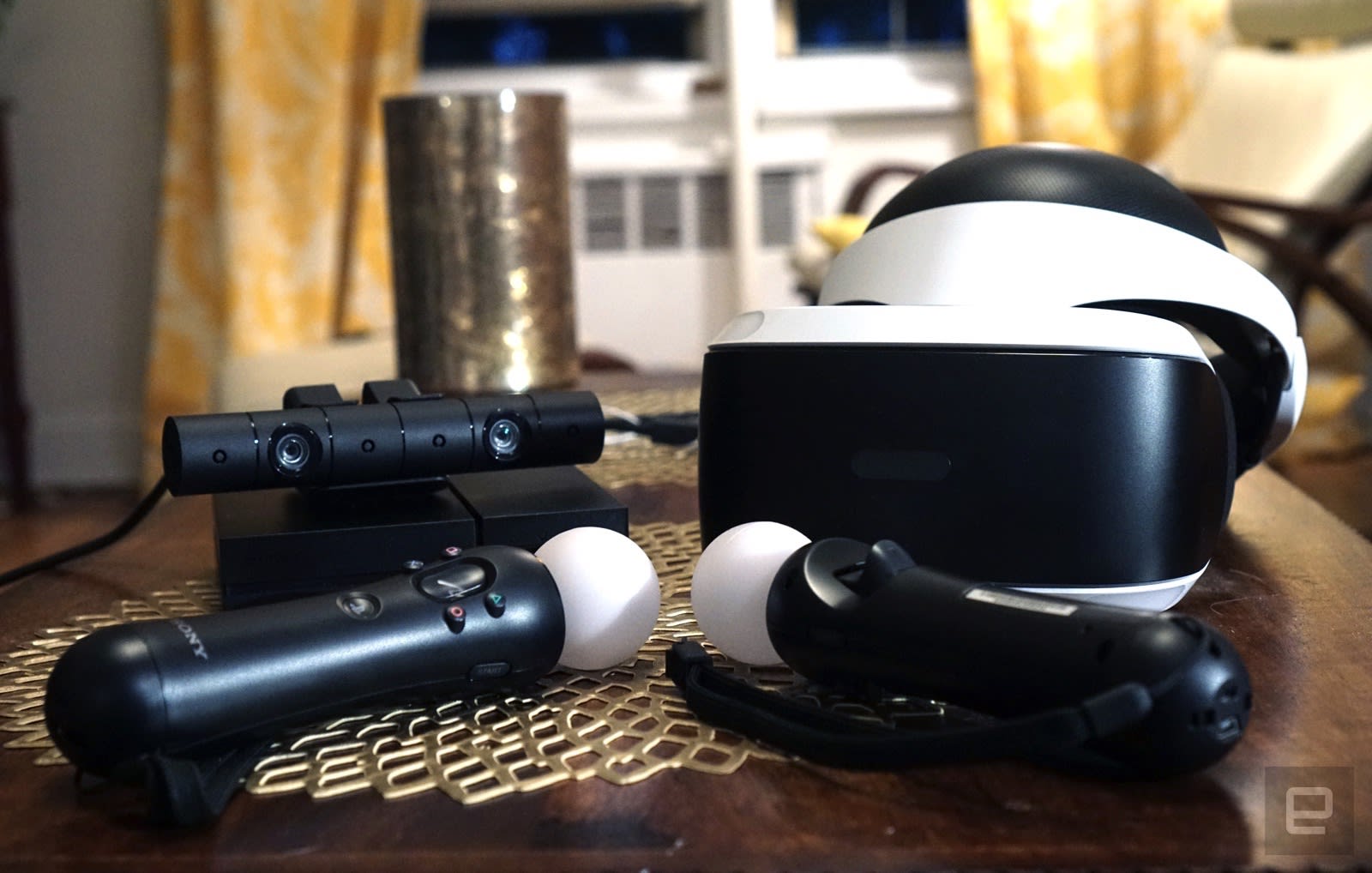 Sony's grip on the indie market is slipping, though that may be part of the plan for the future of Playstation. More and more, we're seeing the company support virtual reality and its flagship PSVR system with various games, accessories and bundles h...
Sony's grip on the indie market is slipping, though that may be part of the plan for the future of Playstation. More and more, we're seeing the company support virtual reality and its flagship PSVR system with various games, accessories and bundles h...
Sony begins 14-day in-home PSVR trial program
 Sony's grip on the indie market is slipping, though that may be part of the plan for the future of Playstation. More and more, we're seeing the company support virtual reality and its flagship PSVR system with various games, accessories and bundles h...
Sony's grip on the indie market is slipping, though that may be part of the plan for the future of Playstation. More and more, we're seeing the company support virtual reality and its flagship PSVR system with various games, accessories and bundles h...
